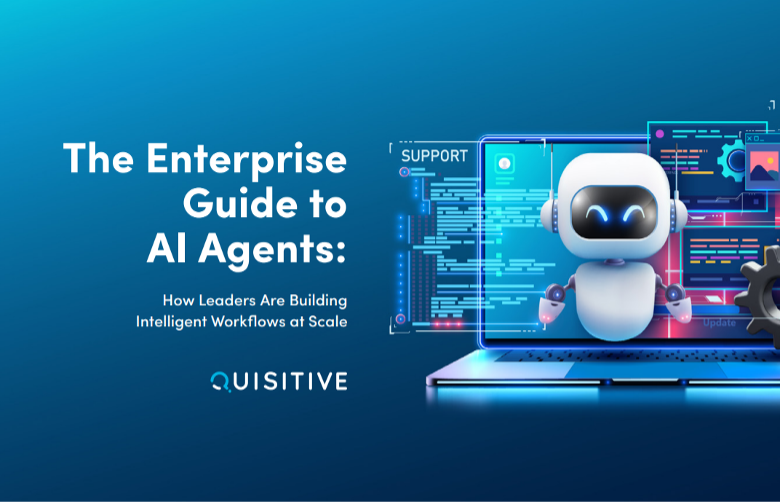As a follow-up to last month’s blog this entry focuses on the five additional Critical Success Factors that a successful Adoption and Change Management (ACM) program should possess. To recap, in last month’s blog, I discussed in detail the following five factors:
- Effective program management
- Strong support from the executive champion
- Clear goals and specific performance targets
- Experienced program manager
- Availability of resources
In this monthly blog, I will focus on the five following critical success factors:
- Monthly deliverables
- Inspiring the team
- Measuring the effectiveness of communications
- Sharing knowledge
- Training
Depending on your project, some of these factors may have a higher level of urgency and therefore should be prioritized. In fact, it is typically a good idea to prioritize these factors to ensure that they secure the commensurate level of effort required to fulfill them.
1. Major deliverables monthly
Major deliverables during the ACM project should be scheduled monthly to ensure proper project direction, demonstrate progress, and control scope. Communication will be instrumental to ensure that the impacted constituents are kept abreast of the progress. While working on a recent Microsoft Dynamics Customer Relationship Management (CRM) implementation we held two change management meetings each month. Assignments from the previous meetings were shared and typically consisted of the following:
a. Internal and external communications plan updates
b. Re-designed business processes
c. Results from coaching interviews with impacted employees and action plans that were created to address the impacted staff’s issues
d. Review of communications tactics that were developed and would be deployed
2. Inspiring the team
Technology initiatives, typically large-scale ones such as an enterprise-wide CRM or Work Order Management project, call for an intensive effort from key team members over an extended period of time. If not properly managed, the project implementation can result in burnout and turnover, which could have an adverse impact on the project timeline and budget. The team leaders must inspire the team to put forth effort when it is needed and then properly reward the team at the appropriate time. Engagement and buy-in at an enterprise-wide level is required. It is not sufficient if only the executives demonstrate the buy-in. Projects are often won or lost in the trenches. This is where front-line and middle management personnel provide the adhesion that enables the changes to “stick”. A local government project I worked involving a Midwestern city provides a perfect example. The city manager helped establish the vision that the city desires to have a best-in-class non-emergency call center. His passion translated into getting staff level excited by this vision and clamoring to play a meaningful role in the project. When other staff saw their peers, who embraced the new technology, enjoying their jobs so much more, they much more interest in the project. For many of them, they are experiencing a similarly high level of job satisfaction.
3. Measuring the effectiveness of the communications
The organization should consider deploying a mechanism to assess the effectiveness of its communications effort. If this is absent, they will be unable to gauge if its messages are heard or understood. A set of performance metrics should be created to measure the tactic’s effectiveness. In a recent technology project, we utilized several communications tactics to share results. The ones that exhibited the “biggest bang for the buck” were those focusing on the financial metrics and cost savings that the city achieved. Since those appeared to resonate most with the target audiences, more financial-based marketing tactics were developed. This information was dispersed through multiple channels including, large scale meetings, social media channels such as Yammer (internal) and Linked In (external), and digital PDFs, among others.
4. Sharing knowledge
Large-scale change projects create demands for new skills. Sharing knowledge among the project team members is a critical success factor in developing new skills and disseminating insight. Technology enables this. Leveraging technologies such as SharePoint, Teams, or other collaboration tools can be used to share information. In addition, creating short 2–3-minute videos and dispersing them on multiple channels can be highly effective to distribute content on a real-time basis.
5. Training
Training is an opportunity to educate the organization’s staff and constituents about changes that a new project will deliver. In addition, it can serve as a feedback vehicle for the core change management team. Training can take on a number of different forms and channels. The training should focus on educating the organization’s staff about the large-scale change. When developing the training program, individual learning styles should be considered. While working with client in Indiana recently, the adoption and change management leaders utilized multiple forms of training including:
a. Classroom/workshop-based
b. Web-based, self-paced
c. On-the-job
d. Experiential and mentoring
Let me close with the following questions:
- Can you share any examples of the issues that arise when these factors are not followed?
- When thinking about your ACM initiatives, can you provide examples of any of these five factors in action?
- Can you recall the traits that enabled a close working relationship between an executive sponsor and program manager working together on an ACM initiative?
In addition, I recently recorded a podcast on ACM which focused on the unique ACM issues involved in deploying technology solutions in the State and Local Government sector. Please check out my podcast at: Managing Change: Part 1
Come back next month to check out my next Adoption and Change Management blog which will focus on Selecting Change Management Champions.

;)



